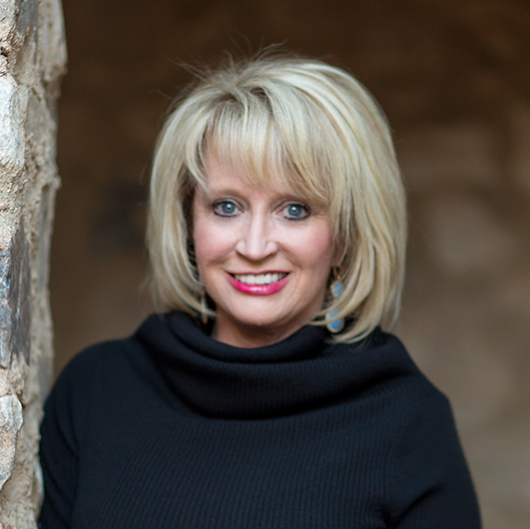
Julie Hancock, Managing Director of Camelot Homes, has gained valuable insight over the course of her career as one of Arizona’s preeminent luxury home builders. Here, she sits down and talks through the collaborative process of creating luxury homes, the importance of attention to detail and what homebuyers are looking for from their homes as we move into the 2020s.
Where does Camelot Homes begin with a new community?

We start first and foremost with location and sites. Whenever opportunities for new communities present themselves, we always ask if the site fits the Camelot ethos. We have to be able to envision a master plan that’s unique, aspirational and luxurious. Each selected site has a dedicated team of people who are chosen to create a community around the homeowners and determine what kinds of homes, landscape and designs will not only meet their needs, but also fulfill their dreams.
The land planner works with us to create lot layouts. So much effort goes into the street scenes: how the community flows and how the lots are placed and positioned, etc. There might be view corridors we want to preserve or feature. Every site’s different. The land planner accomplishes those tasks and creates a harmonious layout. Once they’ve created the plat map, the architect can begin brainstorming the product.
Balancing vision with detail

Mark and I take inspiration from everywhere. It can be something from Pinterest, neighboring communities or places we travel. Many times we are fascinated with details from buildings unrelated to housing, like libraries or museums. We’ll take those pieces and string them together on a vision board to show the architects, in order to give them a sense of what we imagine this community becoming and to inspire the product they design.
Architects are visionaries in terms of the exterior design of houses. Sometimes, though, the minutiae of living in a home can get lost in the grand idea.
For example, in our White Horse community, we wanted to break the houses apart. Instead of having a rectangular house on a rectangular lot, we wanted to break it up and have the home move around the lot. During this concepting phase, one of our architects took that vision, ran with it, and came up with the idea of having stand-alone garages detached from the house. That’s a cool thought in cooler climates, but when it’s 120º outside I couldn’t see myself walking from the garage to the house with my groceries and being happy about it. It’s details like those we have to be cognizant of when building houses that are livable as well as beautiful.
It’s a back and forth process. There are usually several months of banter and revised plans before we all get on the same page. Once we’ve agreed on a plan, the decorator comes in and we hand the plan to them to critique.
Designers are concerned about different things than architects: while they’re thinking about room placements, scale and size, the decorator’s making notes like “this window doesn’t work because I have nowhere to put the bed.” They’re looking at the house from a flow and usability standpoint. Once they’ve made notes, they make a presentation for their vision of the interior.
Finally, the landscape architect adds their input. Being an Arizona homebuilder, indoor-outdoor living is incredibly important when designing these luxury homes. The outside is integral to the inside, and the landscape architect makes the two flow together with exterior design, materials and layout.
It’s such a detailed, collaborative process: the sheer number of man hours that go into designing a community before we even reach out for a building permit is really a testament to our team’s commitment to creating a flawless product. Everything from light fixtures, doors and beams, to gates, pools and pavers—all of it has been touched and thought through and changed a million times. What that creates is a neighborhood full of houses that have been that thoroughly considered, which becomes a community of homeowners whose expectations have been exceeded.
Cutting edge, but with consideration

There’s a balance between being forward thinking and not going so far “out there” that it gets confusing. Sometimes a product can be ahead of its time and it doesn’t hit the mark, so we’re always trying to give ourselves reality checks. It’s tricky—because you want to encourage creativity and explore new strategies that could be really successful, even when you can’t prove it’s going to work from a marketing standpoint. If something’s never been done, of course there’s no metric of success yet. But that doesn’t mean you should discount it.
For example, in one of our earlier communities, we wanted to make five-bedroom houses. At the time nobody did five-bedroom houses. The marketing consultant said “Nope, the demand is for a four bedroom, two and a half bath, etc.” He said there weren’t statistics on how five-bedroom houses sell and we countered with “Well, of course there aren’t, they don’t exist yet!” We went ahead with the project and built big five-bedroom houses meant for growing families. They ended up selling out instantly—they were a big hit. The best part of the story is that there were fifty homes in this particular community, and a year later, there were fifty babies born! These homes were truly built for growing families, and the execution was right on target. That’s why you can’t always rely on what’s been done to determine what you’re going to do in the future.
At the end of the day, you’ve got to be conscious of what’s happening around you in society to understand what people are wanting out of their home. You can’t be tone deaf and create a good community. There was a period of time after the last recession where young people said they didn’t even want to own a home. They had seen homeownership become burdensome to their parents, had seen them lose money. Those feelings have eased, and young people are wanting homes again, but their approach is different because of what they experienced, and as homebuilders we have to be sensitive to that. These young people don’t want big monster houses—they don’t want their home to own them. They want a house they can grow with and feel secure leaving when they travel, one that’s flexible to their lifestyle.
Community makes the community.

What is really meaningful in homeownership is reconnecting people to each other. There’s a feeling these days that people have drifted away from one another. We’ve become so isolated in our little silos. I think people are longing for connectivity again. That’s why we try to create communities that facilitate reconnection. In the last community we built in Scottsdale, we included a garden where people could come and grow their organic fruits and vegetables together. We also love to host community parties for our buyers. During the first weekend of December, we invited homeowners from all of our current communities to a holiday party at White Horse. It was a lovely way to celebrate the holidays with great food and live music, as well as meet and spend time with neighbors and friends.
Most importantly, we want to create neighborhoods and homes that appeal to people’s hearts. We want people to walk into our homes and say “Wow,” and get a sense of awe and excitement. We hope they feel inspired to go home and sell their house because they’ve finally found the one that gets their heart going.
We’ve been homebuilders in the Valley for a long time. At this point, we don’t want to build just another community; we can do that with our eyes closed. Our challenge these days is to build something people will buzz about. That’s what keeps us excited. That’s what gets me up in the morning and makes me still love what we do.



